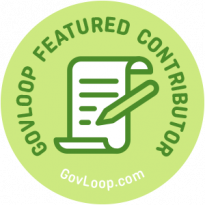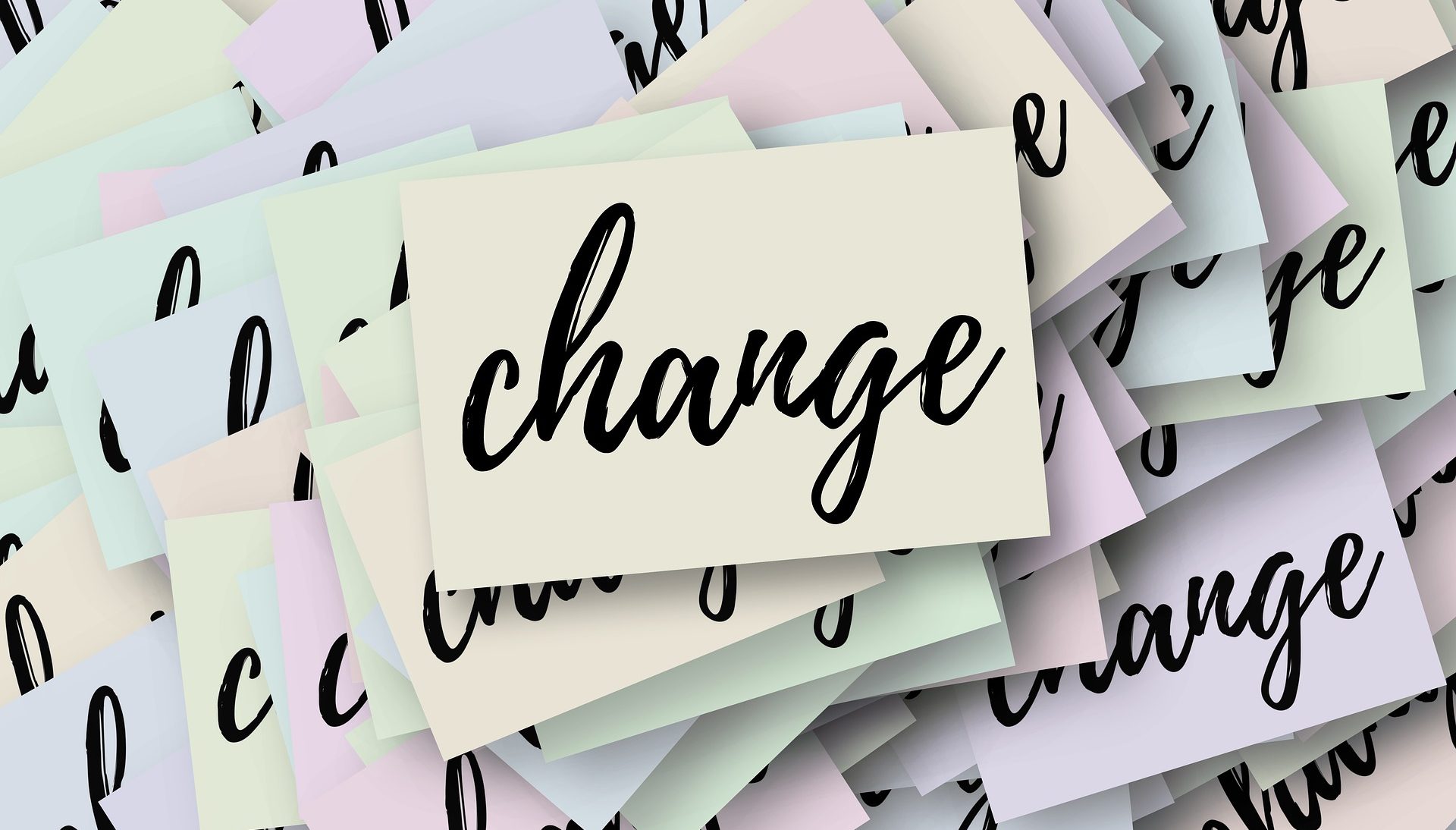Starting a change initiative? Think you need a “current state” assessment? Keep these five things in mind.
1. When you ask about what is, you’ve begun to change what is.

Current state assessments often proceed as if the change process will patiently wait to begin until after the assessment concludes and a future state is determined. This (incorrectly) assumes that your change process is going to be linear and orderly. Not likely! Change is a human experience — and as human experiences go, it’s complex and layered and occurs over time, and because of that it can confound even the most robust chevron-driven project plan.
The minute you start asking questions — via survey, focus groups, interviews, or any kind of conversation — you’ve begun to tinker with (alter) the current state (and that’s OK and frankly unavoidable) because you are inviting reflection, critical thinking, and engagement. And, in doing so, you also may well encounter the first signs of resistance to change.
Get clear about what you want to accomplish. Think about who is asking whom what questions, how the questions are framed, whether they’ve frankly ever been asked before, even how they sound. Will inputs be attributed to respondents or not? In other words, if I say what I really think, who will know that I was the one who said it, and will I get into trouble, or let’s say risk reputational capital? Will participants get insight into the overall results that go to leadership? If yes, how and when? If no, why not?
Best advice: Preparation is everything. Anticipate questions about why you’re asking all these questions. And have answers ready. If your goal isn’t crystal clear, don’t ask the question.
2. We’re “just” data-gathering! (No, we’re not. We’re rocking the proverbial boat.)
At their most basic, current state assessments involve asking questions about what’s working and what’s not — and time and again we see there is huge power in just putting the question on the table.
The mere act of poking at “what is” begins to change “what is,” and this can be extremely provocative in an organization, especially when people are unaccustomed to examining (reflecting on? challenging?) the status quo — i.e., the current state. If you ask someone “why do you do what you do the way you do it …” you may be gathering data, but they are experiencing the question a million different ways!
Current state assessments aren’t “just” data-gathering activities. They are human interactions with real people who may be uncomfortable with self-scrutiny, for whom asking questions presents a “Pandora’s Box” of discomforting realities or unknowns. Asking questions can open the door to uncertainty — and uncertainty rocks the boat.
3. Tomorrow is not an iteration of ‘today, only better.’
If all your current state assessment does is identify and analyze gaps based on the presumption that what we have been doing, if improved, strengthened or corrected, will be relevant tomorrow — then that’s a problem. A current state assessment that goes to existential questions of what your organization should or should not be doing — and should anticipate — is what will help lay the groundwork for taking action.
Think action: When, for instance, you ask questions that haven’t been asked before … when you get inputs from customer-facing frontline team members … and from customers themselves … when the “data” you get can translate into an action that you and your team can take — that’s when assessing the “current state” can become frontiersmanship.
4. Don’t ask questions you don’t want (or need) answers to.
Speaking of rocking the boat, if you as a change leader don’t want to know what people think, don’t ask. It doesn’t pay to act as if you want to engage with your team if, in fact, you really don’t. What you’ll get in the end is likely greater resistance to the change than if you never invited input to begin with. Plus, you’ll put what credibility you have at further risk the next time you really do want answers.
Don’t ask for feedback and then fail to acknowledge it. You don’t need to agree with or “do” what people say should be done — but if you ask them what they think and then fail to somehow demonstrate how you are using — or at least considering — what they have to say, why would people ever share their ideas and concerns with you again? Their trust in you as a leader and faith in the change process are at stake. Just a “thank you for sharing your thoughts” email can be a powerful message that says you are listening, and that means more than you can imagine.
5. What’s the goal? Why’re we doing this? Who knows?
Often, current state assessments are initiated with no context, no messaging from leadership about who is asking what of whom and why. Sometimes, leaders bring in a team of outside consultants to conduct their current state assessment, with no explanation to staff about “who these people are and why they’re here.” If you want to create anxiety around change, that’s a good start.
Communicate the purpose of your current state assessment. Explain: This is what we want to find out and why, this is how we expect to use the information we gather, and this is how we are going to keep you and everybody in the loop. That messaging may jar some people and prompt more questions, but that’s OK — the flip side is those questions will go underground and thrive as narratives over which you may have little to no control.
Current state assessments don’t precede the change process — they are part of the change process. Managing them with this in mind will make these assessments far more productive and their results far richer as you pursue your change goals.
Nina is a change management practitioner with Rockwood Company, a woman-owned Washington-based strategy and change management consulting firm serving government leaders and their teams as they work to address our nation’s most complex and meaningful challenges. In her client work, Nina has supported a wide variety of organizational change efforts — from digital transformations and functional re-alignments to the stand-up of enterprise risk management programs, organization-wide policy-change initiatives and more. She has an MA in Communications andan MS in Organization Development and graduated from both the Johns Hopkins Fellows in Change Management Program and Georgetown University’s McDonough School’s Change Management Advanced Practitioner Program (CMAP). She is ProSci trained, and has written about organizational change for govloop.com, Change Management Review, and Government Executive.





Leave a Reply
You must be logged in to post a comment.